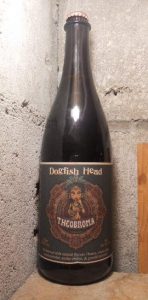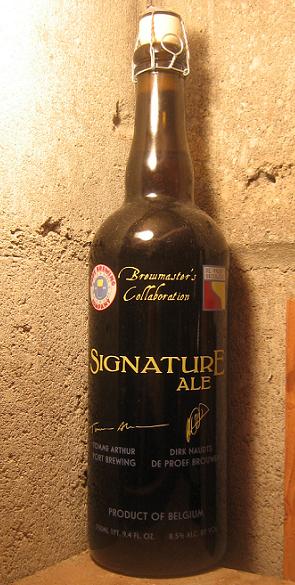An odd, coordinated set of press releases today from the US Brewers Association (BA) and its leading members via any number of media can be summed up in the final section of the statement:
The large, multinational brewers appear to be deliberately attempting to blur the lines between their crafty, craft-like beers and true craft beers from today’s small and independent brewers. We call for transparency in brand ownership and for information to be clearly presented in a way that allows beer drinkers to make an informed choice about who brewed the beer they are drinking. And for those passionate beer lovers out there, we ask that you take the time to familiarize yourself with who is brewing the beer you are drinking. Is it a product of a small and independent brewer? Or is it from a crafty large brewer, seeking to capitalize on the mounting success of small and independent craft brewers?
The first sensible reaction is, of course, who cares. But then you read the variation on the theme by Papazian with its needy and slightly offensive reference to Founding Fathers and blindness to the good jobs offered by the 94% of the beer market served by big beer, well, you just shake your head. Never mind that some US craft brewers are big enough to have multiple breweries and large ad budgets. Never mind that many US craft brewers use much the same processes slammed by their trade association as marks of falsity if not signs of the end times. What is most annoying is that the whole construct is based on the faulty definition of what is craft – therefore good – by the BA itself.
Whether it is the BA-named Shock Top or its step-cousin the BA-silent Matilda, each ultimately produced under the Anheuser-Bush InBev corporate umbrella, there are plenty of examples of perfectly good well priced beer made by brewers who do not qualify for BA membership. There are also plenty of duds and plenty of highly questionable value propositions placed on beer store shelves by BA members. Again, few are special, most are solid work-a-day folk and some suck. Given that, launching on another David v Goliath fight based on a questionable self-generated definition of “craft” without reference to the sort of quality and price determinations the consumer has to make when out buying beer is a dead end. It is thin stuff that most can spot. All that I can see is that I have been reminded that the bigs are making some tasty beer now at a pretty good price.
As I said, odd. But these are instructive moments. Look to see who lines up behind the press release, repeating the arguments. Ask yourself why. As long as the view of the consumer is not the focal point for the discourse, one has to be very careful about such things, sifting what is independent opinion from what is generated due to one’s job description.



